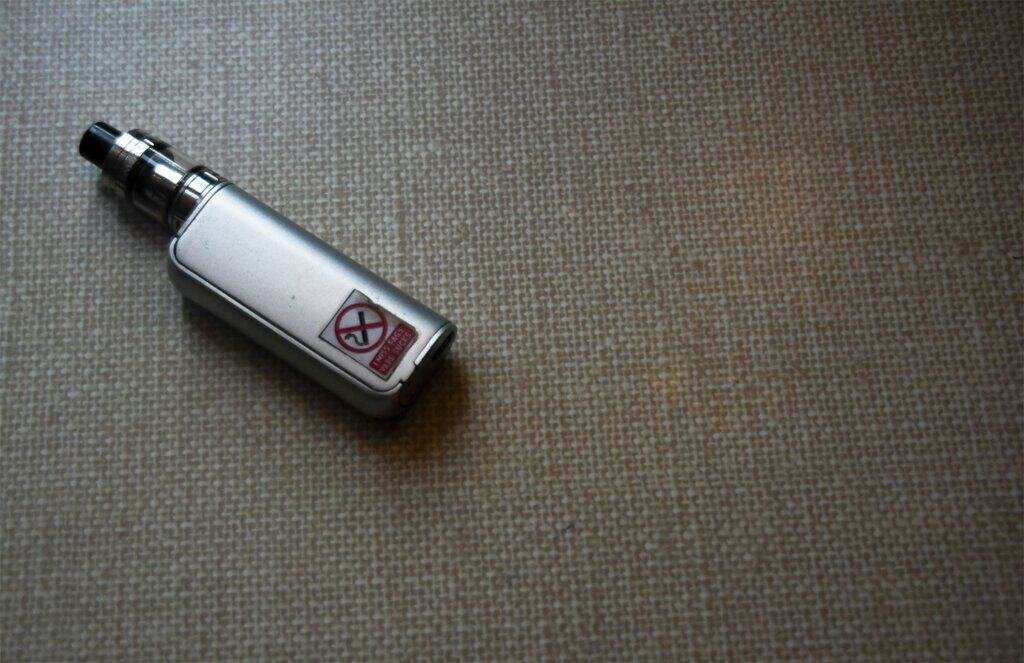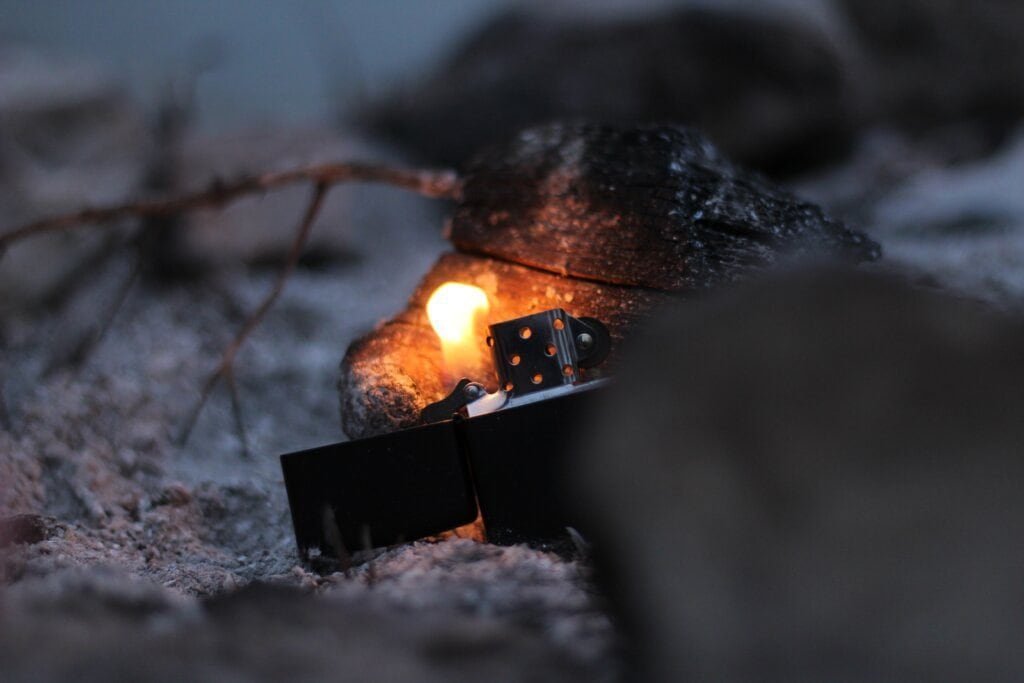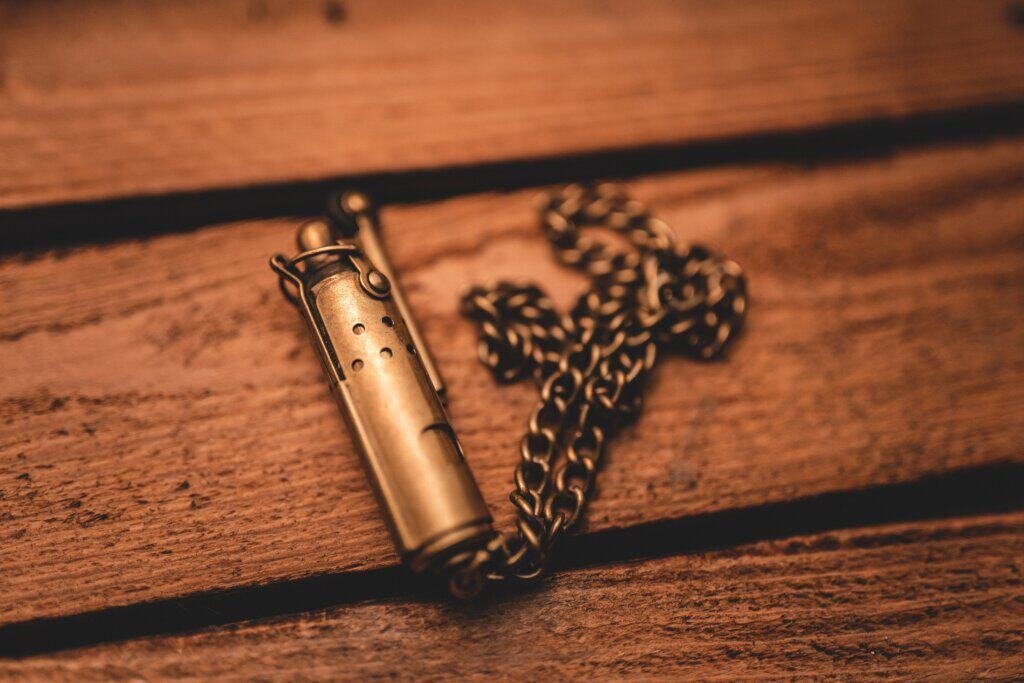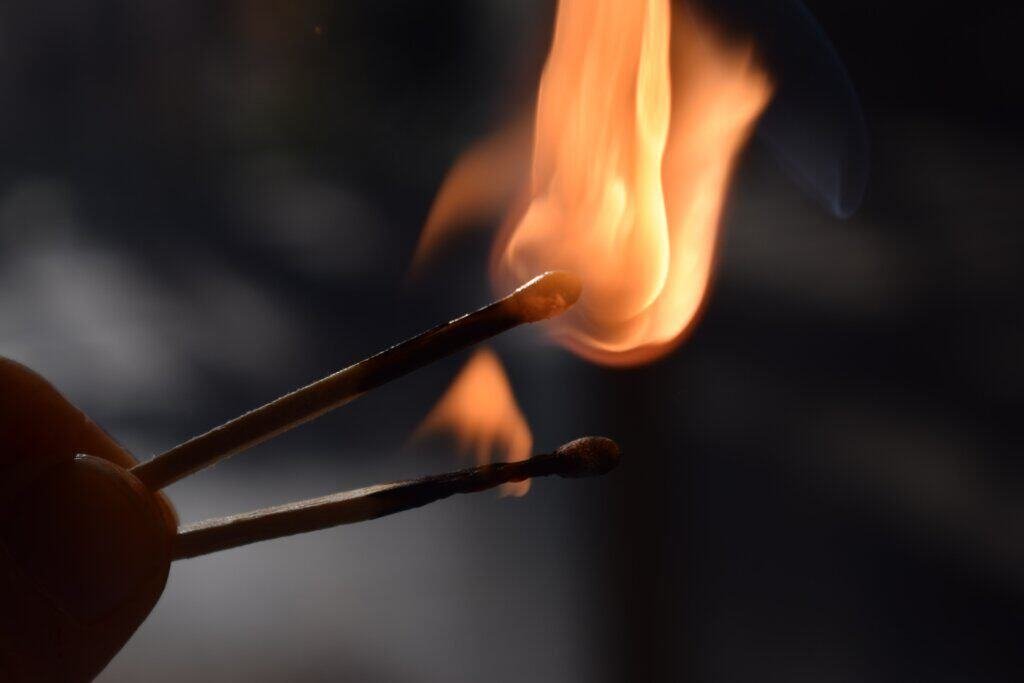
Reusable matches, also known as permanent matches, are a fascinating innovation in outdoor gear. This article explores their longevity, functionality, and the factors that influence their lifespan.
Permanent matches can last for thousands of strikes, making them a durable and reliable tool for outdoor enthusiasts and survivalists. Their lifespan depends on factors like quality, usage frequency, and maintenance.
We’ll delve into the specifics of how reusable matches work, their benefits, maintenance tips, and how to maximize their lifespan.
The Mechanics of Permanent Matches

The Composition and Design
Permanent matches typically comprise a metal rod with a wick at one end and a striking surface on the case. The rod is often coated with a flammable substance, which ignites when struck against the rough surface. This design allows for repeated use and is the core of its reusability.
The Flammable Coating
The metal rod in a permanent match is coated with a blend of flammable materials, often containing phosphorus or magnesium. This coating reacts with the friction generated by striking the rod against the surface, producing a spark that ignites the wick.
The Wick and Fuel Source
The wick of a permanent match is usually made from a fibrous material that absorbs and holds fuel, such as lighter fluid. When ignited, the wick sustains the flame until it’s extinguished or the fuel is depleted.
Striking Surface and Ignition
The striking surface is integral to the functioning of a permanent match. It is typically made of a rough material that creates enough friction to ignite the flammable coating on the rod. Proper maintenance of this surface is crucial for consistent ignition.
Durability and Material Quality
The durability of permanent matches depends significantly on the quality of materials used. High-grade metals and robust construction ensure that the match withstands repeated use and environmental challenges.
Maintenance and Care for Longevity
Regular maintenance, such as cleaning the striking surface and refilling the fuel, is essential for the longevity of a permanent match. Proper care ensures consistent performance over thousands of uses.
Factors Affecting Longevity

Quality of Materials Used
The materials used in the construction of a permanent match significantly impact its durability. Higher quality materials like sturdy metals and robust wicks endure more strikes and wear better over time, leading to a longer lifespan.
Frequency of Use
The more frequently a permanent match is used, the quicker its components, like the striking surface and wick, will wear down. Regular users should consider matches with higher durability ratings and be prepared for more frequent maintenance.
Maintenance and Care
Proper maintenance, including regular cleaning of the striking surface and timely refueling, is crucial. Neglecting these aspects can lead to reduced efficiency and a shorter lifespan for the match.
Environmental Exposure
Exposure to elements such as moisture, dirt, and extreme temperatures can degrade the components of a permanent match. Storing the match in a dry, clean, and temperature-controlled environment can help preserve its functionality.
Quality of Fuel
The type and quality of fuel used in permanent matches also play a significant role in their longevity. Using the recommended fuel type and avoiding impure or low-quality substitutes ensures the match burns effectively and lasts longer.
Maintenance and Care Tips

Regular Cleaning of the Striking Surface
The striking surface of the permanent match should be kept clean to ensure efficient ignition. Residue build-up can hinder the friction needed for a spark. Gently wiping the surface with a soft cloth after use can maintain its effectiveness.
Timely Refueling with Appropriate Fuel
Refueling the match with the right type of fuel, as recommended by the manufacturer, is crucial. Using the wrong type of fuel can damage the wick and affect the match’s performance. Refuel the match before the fuel runs too low to ensure continuous use.
Proper Storage Practices
Store the permanent match in a cool, dry place to prevent any damage from moisture or extreme temperatures. Avoid storing it in direct sunlight or humid environments, which can degrade the materials and affect its functionality.
Wick Care and Replacement
The wick of a permanent match should be monitored for wear and tear. If the wick becomes too short or frayed, it should be replaced to ensure the match continues to light effectively. Following the manufacturer’s guidelines for wick replacement is key.
Regular Inspection for Wear and Damage
Periodically inspect your permanent match for any signs of wear or damage, particularly to the striking surface and the body of the match. Early detection of issues like cracks or erosion can help prevent failure and extend the match’s life.
The Role of Striking Surface in Match Longevity

Material Composition and Durability
The striking surface is typically made from a rough material like ferrocerium, which is crucial for creating the necessary friction for ignition. The durability of this material determines how many strikes the match can sustain before it needs replacement or maintenance.
Impact of Frequent Use
Frequent use of the permanent match can wear down the striking surface over time. This wear can result in decreased efficiency in producing sparks, requiring more effort to ignite the match.
Maintenance and Upkeep
Regular maintenance of the striking surface, such as gentle cleaning to remove residue and ensuring it remains dry, can significantly extend its lifespan. Avoiding harsh cleaning methods that can erode the surface is also crucial.
Replacement and Repair Options
In some cases, the striking surface may need to be replaced or repaired. Understanding the options for replacement, whether it’s a DIY fix or a manufacturer-provided solution, can help keep the permanent match functional for longer.
Environmental Factors and Match Durability

Exposure to Moisture and Humidity
Moisture and high humidity levels can affect both the striking surface and the wick of a permanent match. Prolonged exposure to damp conditions can reduce the efficiency of the striking mechanism and cause the wick to deteriorate faster.
Temperature Extremes
Extreme temperatures, both hot and cold, can impact the performance of a permanent match. High temperatures may cause the fuel to evaporate more quickly, while cold temperatures can make the striking mechanism less efficient.
Corrosive Environments
Exposure to corrosive environments, such as saltwater or industrial pollutants, can lead to the deterioration of metal components in permanent matches. This corrosion can compromise the structural integrity and functionality of the match.
UV Light Exposure
Prolonged exposure to UV light can degrade certain materials used in permanent matches, such as plastic components or the wick. This degradation can lead to brittleness and reduced effectiveness over time.
Dirt and Debris Accumulation
Accumulation of dirt and debris, especially in the striking area, can hinder the ignition process. Regular cleaning is essential, particularly if the match is used in outdoor or dusty environments.
Innovative Designs in Permanent Matches

Windproof and Weather-Resistant Features
Modern permanent matches often include windproof and weather-resistant capabilities, allowing them to be used effectively in challenging outdoor conditions. These features ensure a reliable flame even in windy or rainy environments.
Integrated Safety Mechanisms
Safety is a paramount concern, and recent designs of permanent matches have integrated various safety mechanisms. These include safety locks or covers to prevent accidental ignition, making them safer to carry and use.
Compact and Multi-Functional Designs
The trend towards multi-functionality has led to compact designs that incorporate additional tools like bottle openers, compasses, or miniature flashlights. These multi-functional permanent matches are especially popular among hikers, campers, and survivalists.
Eco-Friendly and Sustainable Materials
With increasing environmental awareness, some permanent matches are now made with eco-friendly materials. These sustainable options offer the same functionality while reducing the environmental footprint.
Practical Applications of Permanent Matches

Outdoor and Camping Adventures
In outdoor adventures and camping, permanent matches are invaluable for starting campfires, lighting stoves, or igniting lanterns. Their reliability and ease of use make them a preferred choice for outdoor enthusiasts.
Emergency and Survival Kits
A permanent match is a critical component of any emergency or survival kit. It ensures that you have a reliable means to create fire for warmth, cooking, or signaling in emergency situations.
Home and Everyday Use
At home, permanent matches can be used for lighting candles, grills, or fireplaces. Their reusability and safety features make them a handy tool for everyday domestic uses.
Travel and Adventure Sports
For those who travel or engage in adventure sports, carrying a permanent match is practical for its compact size and multi-functionality. It’s an essential tool for adventurers who need a reliable fire source on the go.
Backyard Barbecues and Outdoor Cooking
Permanent matches are also popular in backyard barbecues and outdoor cooking setups. They provide a quick and easy way to light grills and barbecues, enhancing the outdoor cooking experience.

FAQ
Q1:How long does the fuel last in a permanent match?
A:The duration of fuel in a permanent match depends on the size of the fuel reservoir and frequency of use. On average, with moderate use, the fuel can last several weeks to a few months before needing a refill.
Q2:Can permanent matches light in any weather condition?
A:While permanent matches are designed to be more resilient than traditional matches, extreme weather conditions like heavy rain or strong winds may affect their ability to ignite.
Q3:Are there different sizes of permanent matches?
A:Yes, permanent matches come in various sizes, from small keychain-sized models to larger ones designed for prolonged use in outdoor settings.
Q4:Is it safe to carry a permanent match in my pocket?
A:Generally, it is safe as most permanent matches have safety features to prevent accidental ignition. However, it’s advisable to follow the manufacturer’s guidelines and use any provided protective covers.
Q5:How do I dispose of a permanent match safely?
A:If a permanent match is no longer usable, dispose of it as you would any other metal tool. Ensure all fuel is used up or properly emptied and follow local regulations for disposing of items containing flammable substances.
Conclusion
In summary, permanent matches, with their robust design and innovative features, offer a reliable and long-lasting fire-starting solution. Their longevity, influenced by factors like material quality, usage frequency, maintenance, and environmental conditions, can be significantly extended with proper care. Versatile across various scenarios, from outdoor adventures to everyday use, permanent matches stand out as a practical and durable tool, proving their worth as an essential component in any emergency, travel, or outdoor kit.

